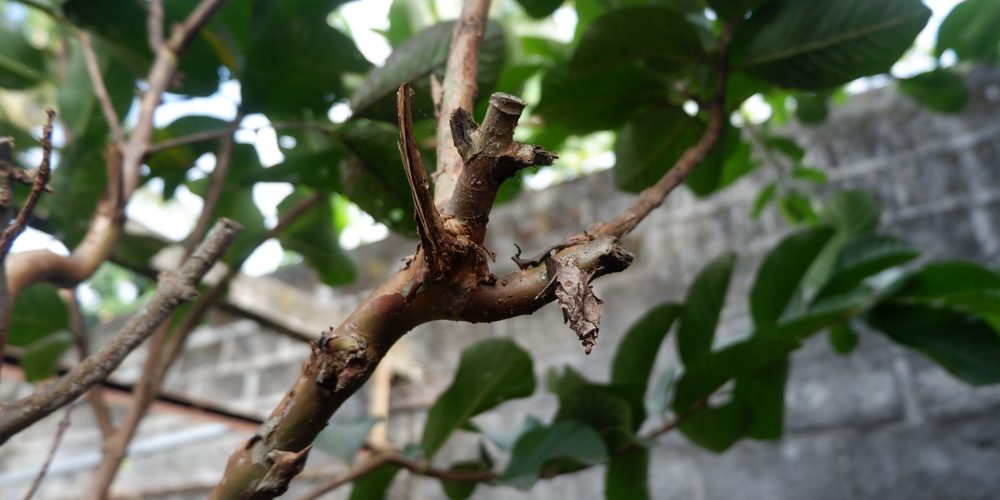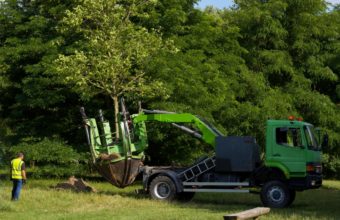Yes, branches on a tree can grow back after pruning.
The extent to which they grow back depends on several factors…
- Tree Species – Some tree species are more capable of regenerating new growth than others. Certain species are known for their ability to produce vigorous new shoots and branches, while others may be slower to regrow.
- Pruning Severity – The extent of pruning and the location of the cuts play a significant role in whether and how quickly branches grow back. Light pruning that removes only a small portion of a branch or twig is less likely to result in significant regrowth, while heavy pruning or the removal of entire branches may stimulate more vigorous regrowth.
- Tree Health – A healthy tree is more likely to generate new growth after pruning. Trees that are stressed, diseased, or in poor health may have a diminished capacity to regrow.
- Seasonal Timing – Pruning during the dormant season, typically late winter or early spring, is often more conducive to new growth. Trees are less active during this time, and pruning encourages the allocation of resources to new growth in the spring.
- Proper Pruning Techniques – Pruning cuts should be made correctly to encourage new growth. Properly pruned branches are typically cut just above a healthy bud or lateral branch, which can stimulate the development of new shoots.
- Environmental Factors – Adequate water, sunlight, and nutrients are essential for promoting new growth after pruning. Ensure that the tree receives proper care and maintenance.
The regrowth of branches may not always result in the same appearance as before pruning. The new growth may take a different form, and it may take some time for the tree to regain its desired shape.
Some trees have a more open growth habit naturally, while others tend to be denser. Pruning can influence the overall structure of the tree, so consider your pruning goals and how they align with the tree’s natural growth habits when deciding which branches to prune and how much to remove.




